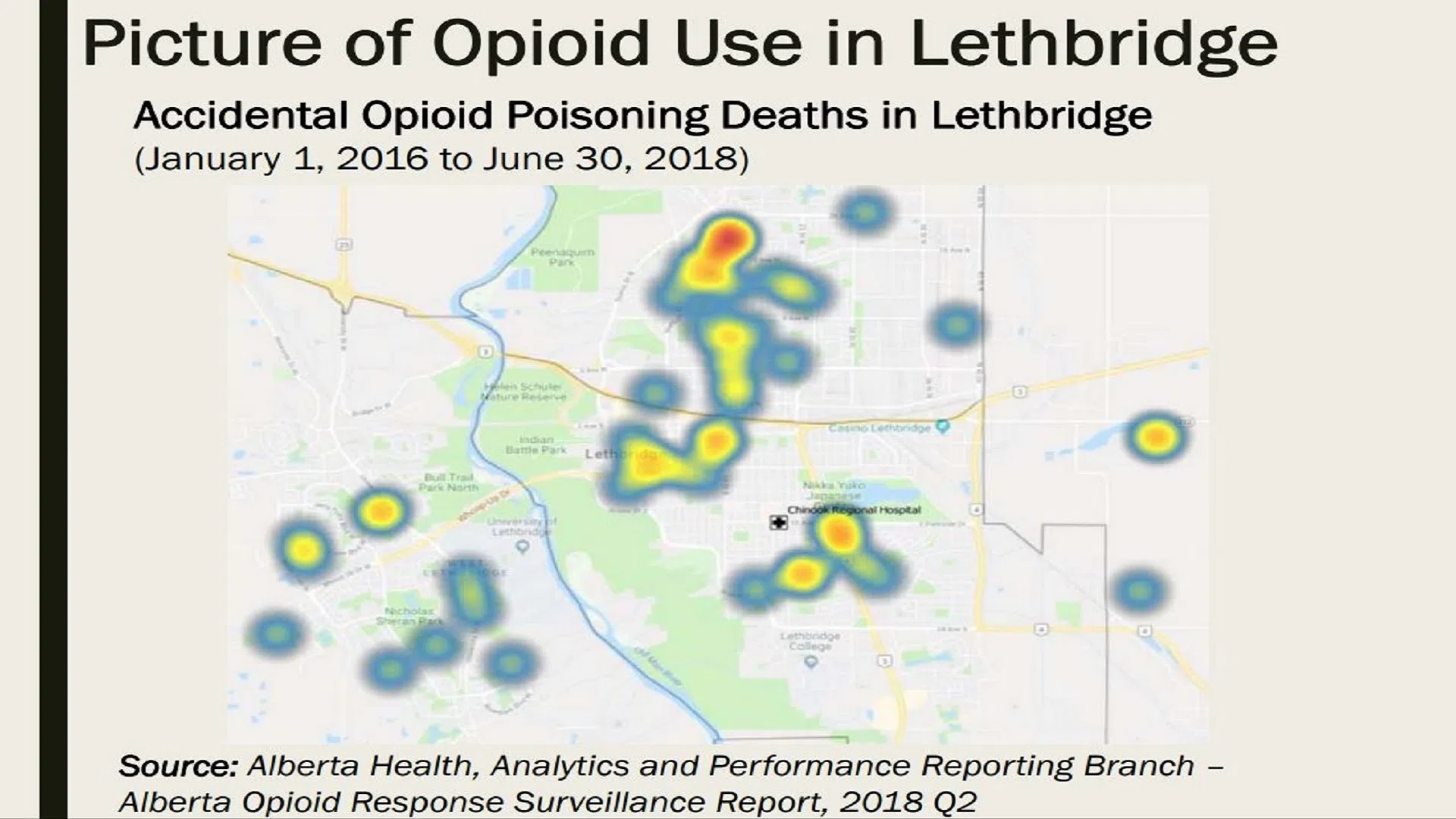
Overdose calls and deaths continue to increase in Lethbridge year over year says Fire Chief
LETHBRIDGE – The opening of the supervised consumption site near downtown Lethbridge has not resulted in fewer overdose calls, according to Lethbridge Fire Chief Rich Hildebrand.
At Monday’s Community Issues Committee meeting, as part of the first phase of a three-phase city response to the drug crisis in the city, councillors heard from five presenters, including AHS Addictions and Mental Health, ARCHES, Lethbridge Fire/EMS, Lethbridge Police and two local school districts.
Hildebrand told councillors that over the last few years, the number of overdose calls have risen year over year.
“This still is an issue. We continue to experience a number of overdose responses where patients are unconscious, and that number continues to grow.”


